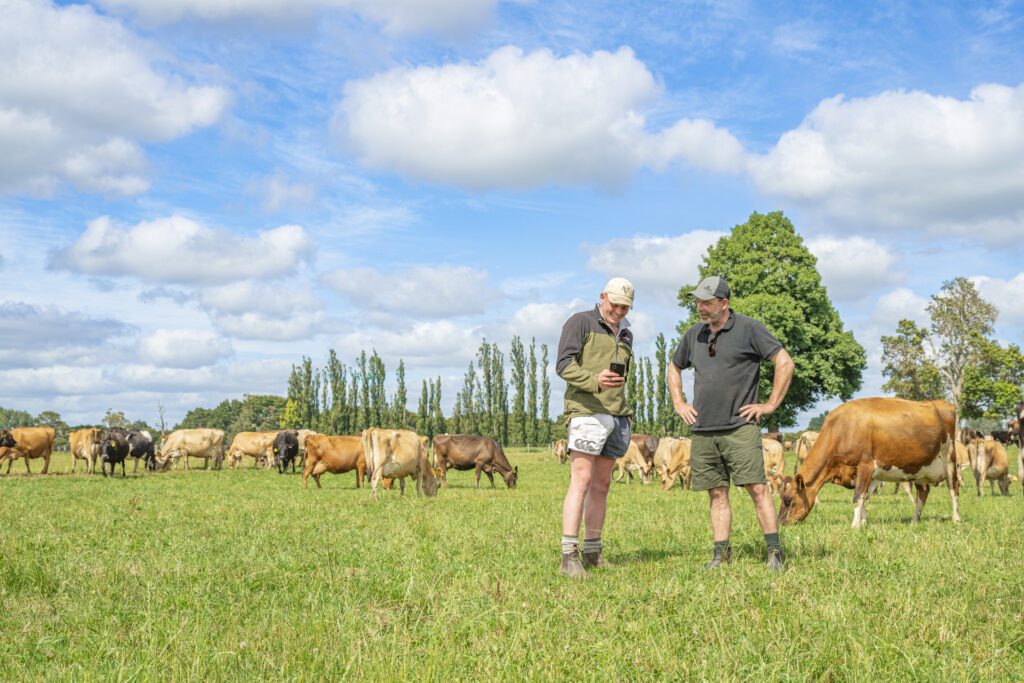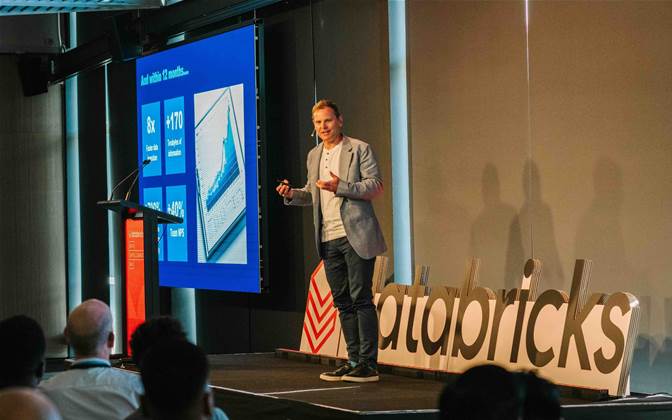AI Transforms Pasture Management on Australian Dairy Farms
We independently review everything we recommend. When you buy through our links, we may earn a commission which is paid directly to our Australia-based writers, editors, and support staff. Thank you for your support!
Concise Overview: Essential Insights
- Agtech firm Aimer Farming introduces AI-enhanced Aimer Vision for pasture evaluation via smartphone.
- Farmers can assess paddocks in just five seconds instead of spending hours traversing the land.
- AI offers 90% precision in gauging pasture cover, facilitating improved grazing decisions.
- Potential profit boost of up to A$400 for every hectare annually.
- The system constructs a ‘digital twin’ for each paddock, providing customized, predictive insights.
- Currently utilized on over 170 farms in Australia and New Zealand, with plans for expansion into Europe.
- Aims to build the world’s largest pasture productivity database.
Smart Farming Evolves: Introduction of Aimer Vision
Dairy farmers in Australia are adopting a new era of agricultural technology with the launch of Aimer Vision from Aimer Farming. This AI-driven tool enables farmers to effortlessly measure pasture cover through a five-second video scan on their smartphones, removing the necessity for lengthy weekly walks across paddocks.

Understanding Aimer Vision’s Functionality
The Aimer Vision system leverages sophisticated machine vision and artificial intelligence. Farmers need only to capture a 180-degree scan of a paddock using their smartphone. Aimer’s AI algorithms then analyze this video to determine the pasture cover with approximately 90% precision.
The visual information is integrated with historical and environmental data to create a ‘digital twin’ for each paddock, allowing for accurate, real-time pasture management. These digital twins adapt to the specific conditions of each farm, providing personalized grazing strategies and supplement recommendations.
Tackling Labour Shortages with AI
Conventional methods for measuring pasture are often not only time-intensive but also subject to inconsistencies due to human error. Aimer Vision remedies this by incorporating scanning into regular farm activities, thus conserving valuable hours of manual effort weekly.
As the Australian agricultural sector contends with persistent labour shortages and rising operational demands, this technology provides a timely remedy. Farmers can concentrate on decision-making and animal welfare while the AI manages data collection and analysis.
Enhancing Farm Profitability and Environmental Stewardship
Aimer Farming states that precise and regular measurement of pasture cover can raise profitability by as much as A$400 per hectare. For a typical dairy operation, this improvement could result in an additional A$60,000–A$80,000 annually.
With superior data, farmers can optimize grazing schedules, minimize feed wastage, and make informed choices regarding fertilization and irrigation. This not only boosts productivity but also fosters more sustainable farming practices.
Forecasting Insights and Strategic Planning
The AI goes beyond current pasture evaluations—it also anticipates future growth. By analyzing historical data and environmental trends, Aimer Vision can predict pasture conditions up to 21 days ahead. This predictive capability aids farmers in strategizing feed distribution, rotational grazing, and resource management effectively.
From Australia to Global Impact: Expanding Agtech Influence
Aimer Vision underwent rigorous testing as part of a BETA program on farms in New Zealand, supported by an Agmardt Agribusiness Innovation Grant. More than 15,000 video scans were evaluated throughout all grazing seasons to refine the AI models for precision and dependability.
Now in operation on over 170 farms in Australia and New Zealand, Aimer Farming is also gathering data in Ireland, indicating plans for further growth into the European market.
Creating the World’s Largest Pasture Database
Beyond the individual advantages for farmers, Aimer Vision plays a vital role in achieving a larger objective: the development of the world’s largest pasture productivity database. Collected and anonymized data globally may assist:
- Food companies in tracking sustainability measures from production to product.
- Input suppliers in understanding their products’ performance across varying conditions.
- Researchers and lawmakers in devising agricultural strategies supported by data.
This initiative signifies a new chapter in global agtech, fueled by active farmer participation and state-of-the-art AI.
Now Accessible: A Future Farming Tool
Aimer Vision is currently available in Australia as an integral part of the Aimer platform. Details regarding pricing and subscription options are available on their website at https://aimerfarming.com.
By equipping farmers with advanced AI solutions, Aimer Vision is transforming pasture management. It represents a significant step towards more intelligent, data-driven, and lucrative dairy farming.
Conclusion
Aimer Farming’s Aimer Vision is a revolutionary agtech solution that brings artificial intelligence directly into pasture management. By substituting laborious manual measurements with a quick smartphone scan, it empowers farmers with precise, real-time insights on pasture health. With the potential to greatly enhance profitability and sustainability, along with an expanding international presence, Aimer Vision is poised to become integral to contemporary dairy farm management in Australia and beyond.
Q: What is Aimer Vision and how functions?
A:
Aimer Vision is an AI-based tool that employs machine vision to evaluate pasture cover through a five-second, 180-degree video scan from a smartphone. The data is analyzed by AI algorithms to provide accurate insights into pasture conditions and growth trends.
Q: How precise is Aimer Vision in measuring pasture cover?
A:
The system achieves about 90% accuracy in gauging pasture cover, enabling farmers to make better-informed grazing and feeding choices.
Q: How does it aid in time and labour savings?
A:
Rather than spending numerous hours traversing the farm for manual measurements, farmers can integrate the swift scanning process into their everyday tasks, saving time and decreasing reliance on labour.
Q: What are the financial advantages for farmers?
A:
Regular and precise pasture measurements could elevate profits by as much as A$400 per hectare each year. For an average dairy farm, this could mean an additional A$60,000 to A$80,000 annually.
Q: What does “digital twin” mean in this context?
A:
A ‘digital twin’ refers to a virtual representation of each paddock generated with AI and various data contributions. It aids in tracking growth patterns, predicting pasture availability, and producing customized grazing suggestions.
Q: Is Aimer Vision available outside Australia and New Zealand?
A:
At present, Aimer Vision operates in Australia and New Zealand, with data collection in progress in Ireland as part of plans for growth into the European market.
Q: In what ways does Aimer Vision promote sustainability?
A:
By enhancing feed efficiency, minimizing waste, and advocating for data-driven farming, Aimer Vision supports more sustainable agricultural practices and aids in monitoring environmental impact.













